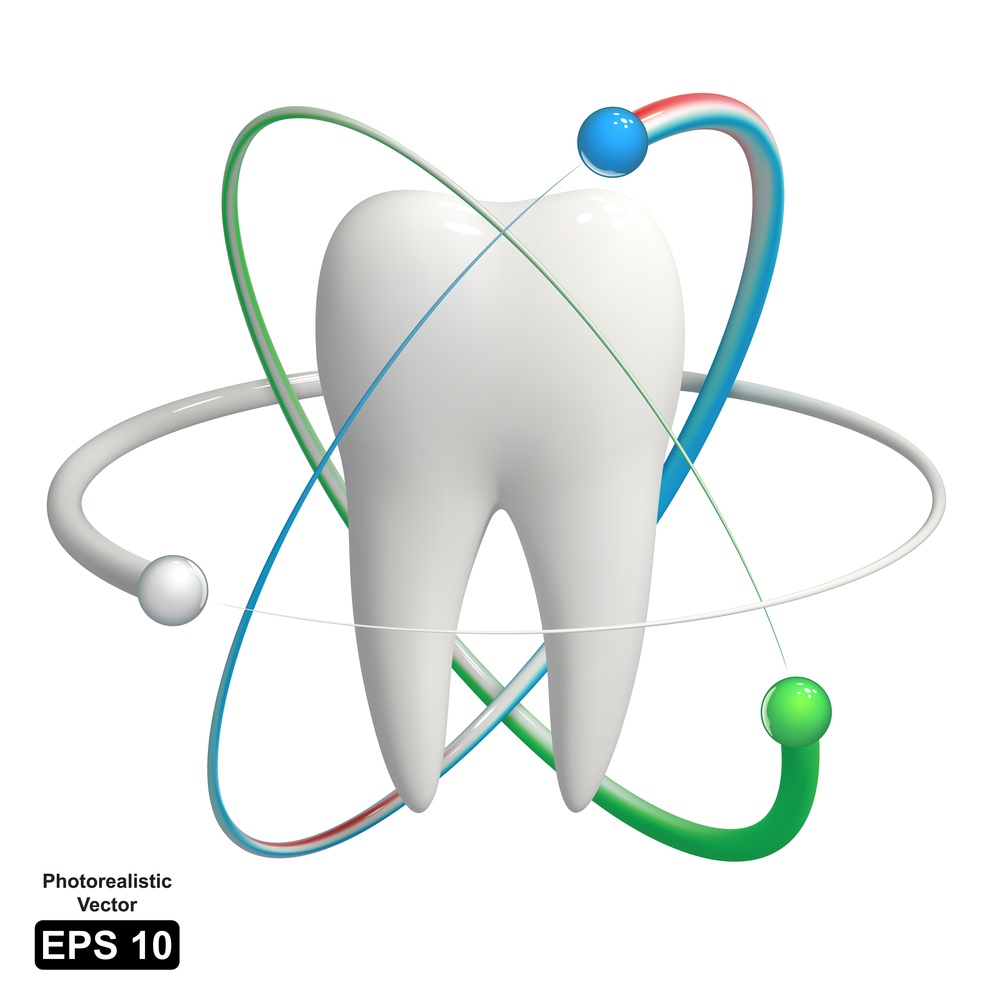Fluoride and Mineral Applications

Your tooth is made up of minerals such as calcium and phosphate. Decay occurs when acids released by bacteria take away these acids. Natural teeth start to dissolve at a pH of 5.5-6.5.
Mineral applications like Tooth Mousse have calcium and phosphate from milk in a solution, thus help to add these minerals back into damaged parts of your teeth, and also supersaturate your saliva so that any acids get buffered by these before your teeth are affected.
Fluoride is a special, naturally occurring mineral that has many benefits to teeth. It attaches to calcium and phosphate to remineralise your teeth (forming a substance called fluorapetite). This means that we can actually reverse the early damage from decay. Fluorapetite is also more resistant to acids than natural teeth, and doesn’t dissolve until the pH drops to 4.5.
How do your teeth get fluoride?
1. Town water: Town water in NSW has 1 part per million (ppm) fluoride. This level is so low it doesn’t affect any other part of your body, but is high enough to protect your teeth. There have been extensive studies done on fluoride in the water and have shown absolutely no adverse effects, but has been shown to dramatically decrease decay experience. For example, a study done in Logan, QLD showed adding 1ppm fluoride to the water decreased decay in children by 30% over 5 years.
2. Toothpaste: adult toothpaste contains 1000-1200ppm fluoride. But remember, these benefits to teeth are topical, meaning if you swallow or rinse out the fluoride, you lose them. It only works while it sits on the teeth. This is why you should just spit out the excess and leave a little to sit in your mouth as you sleep.
3. Dental fluoride applications: often after a professional debridement, we apply a fluoride treatment to the teeth which has 9000ppm fluoride. At this concentration, it has been to remineralise the teeth as well as help kill bacteria.
4. Dental early decay treatment: If we notice decay very early, while it is still in the first layer of the tooth, we can apply a special varnish which has 22,600ppm that dries onto to tooth and then releases high amounts of mineral over the next few weeks before flaking off. This has been shown to help to arrest the lesion.
If you are concerned about fluoride exposure, and would like more information or to read the articles on which we base our judgement, please feel free to email us. A lot of the information out there does not cite peer-reviewed scientific articles. A lot of these articles you have to pay a subscription to access, therefore we would be happy to supply you with the information through our subscriptions.
